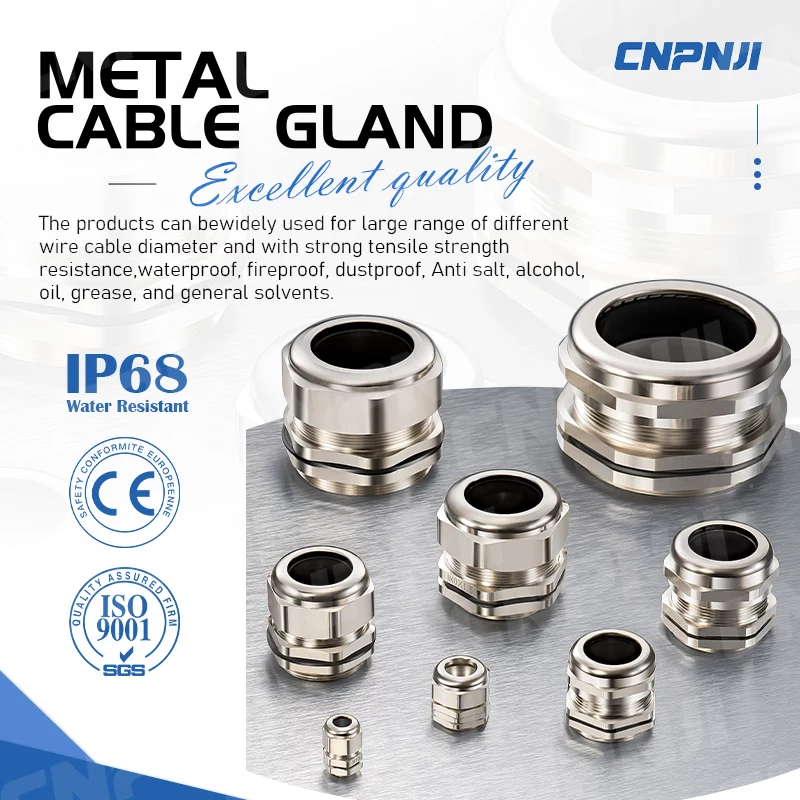Key Features of Metal Joints and Their Importance in Industrial Applications
Key Features of Metal Joints and Their Importance in Industrial Applications
Metal joints are devices that connect two or more metal parts and are widely used in many fields such as machinery, construction, aerospace, and automobile manufacturing. Their design and manufacturing are critical to ensuring product functionality, safety and longevity. Here are a few key features of metal joints:
Strength and durability:
Metal joints must be strong enough to withstand the forces and pressures acting on them. This includes resistance to tension, compression and torsion. Joints made from materials such as high-strength steel, aluminum alloys or titanium alloys can provide the required mechanical strength and durability to handle extreme operating conditions.
Corrosion resistance:
In many environments, metal joints need to have excellent corrosion resistance. This is especially important for offshore platforms, chemical processing equipment and any application exposed to corrosive materials. Special coating on the surface of the joint or the use of corrosion-resistant materials such as stainless steel can significantly improve the service life and reliability of the joint.
Thermal stability:
Metal joints operating in high-temperature environments, such as those in engine components or heat exchange systems, need to have good thermal stability. This ensures that the joint maintains its shape and function without deformation or damage when experiencing temperature changes.
Processability:
Metal joints should be designed for ease of processing and assembly. This includes using standard sizes and shapes, as well as ensuring that joints can be easily integrated into larger systems through welding, bolting or other commonly used connection methods.
Customizability:
Metal joints often require custom designs for specific application needs. This may involve non-standard sizes, special geometries, or additional functional features such as built-in sensors to monitor joint status and performance.
Cost-effectiveness:
Although the design and manufacturing requirements of metal joints are high, reasonable cost control is still a key factor to be considered in industrial production. By optimizing the design and manufacturing process, as well as selecting appropriate materials and production technologies, costs can be effectively controlled while maintaining the high performance of the joint.
Through continuous technological innovation and advancement in material science, the performance of metal joints is constantly improving and can meet more stringent industrial application requirements. The optimized design and manufacturing of these joints not only improves the reliability of the overall structure, but also promotes the development of modern industrial technology.

